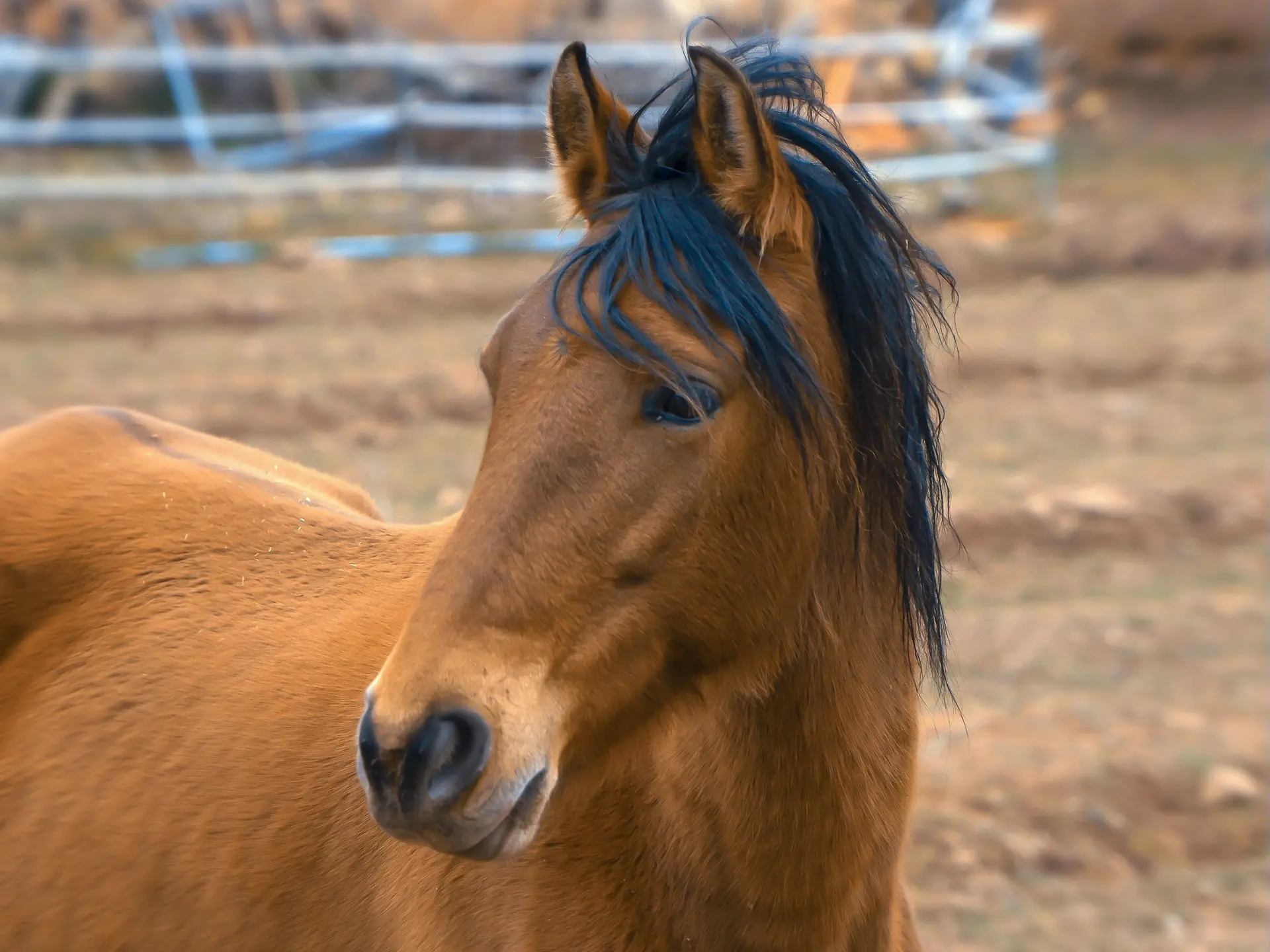
The dun dilution gene is generally quite easy to visually recognize due to some of the specific primitive markings that indicate its presence. Some animals will display darker striping of the legs, withers and face, but all of them will have a dorsal stripe.
Dun Dilution
The dun dilution affects both black and red pigments, so it’s presence will show up on any base color. It is often considered a primitive color because ancestral and wild breeds are predominately or entirely dun. It is thought that this dilution works by concentrating the pigment granules on one side of the hair, causing the other side to be translucent. The result is hair that appears diluted. Genetically there is quite a bit of variation between coat base colors and how it controls them, but for the sake of simplicity we will categorize them by base color.
Dun Breeds
While a variety of breeds carry the dun dilution gene, some are almost exclusively dun. That includes the Norwegian Fjord Horse, Konik and Przewalski’s horse. Interestingly, the Arabian and Thoroughbred breeds don’t carry this dilution.
Dun Characteristics
The dun dilution causes primitive markings on the animal which occur in a wide variety of combinations that vary between breeds, base colors and animals. While they have a variety of marking types, duns generally do not have normal dappling, but they can have reverse dappling. Below are examples of some of the more common primitive markings.
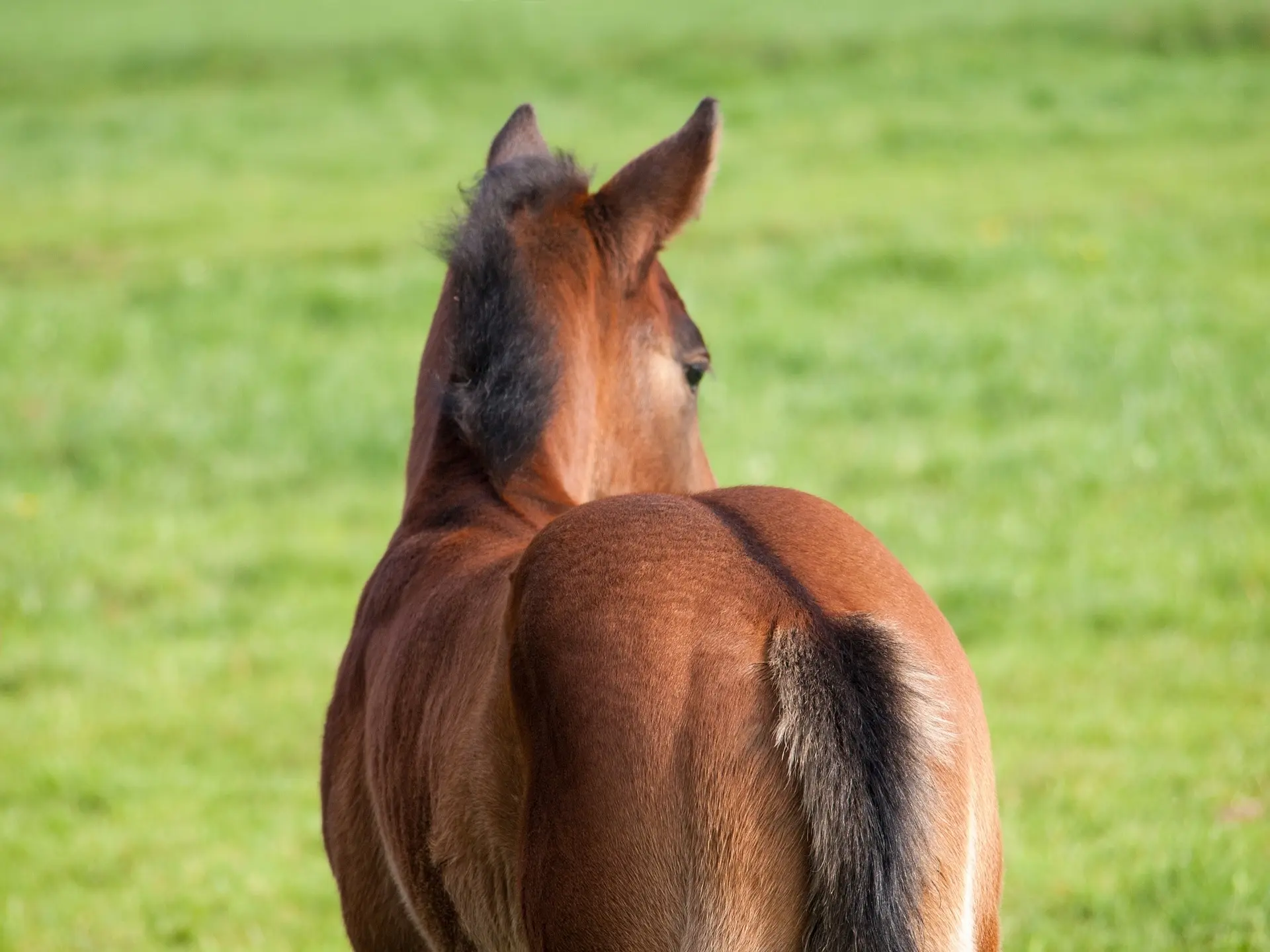 Dorsal Stripe
Dorsal StripeAll dun animals have a dorsal stripe, it is a clear indication that an animal carries the dilution. The line (also called eel stripe, lineback or backstripe) is darker than the coat color and runs from the poll to the tail. On light coats it can be seen through the mane and tail, giving it a dark stripe.
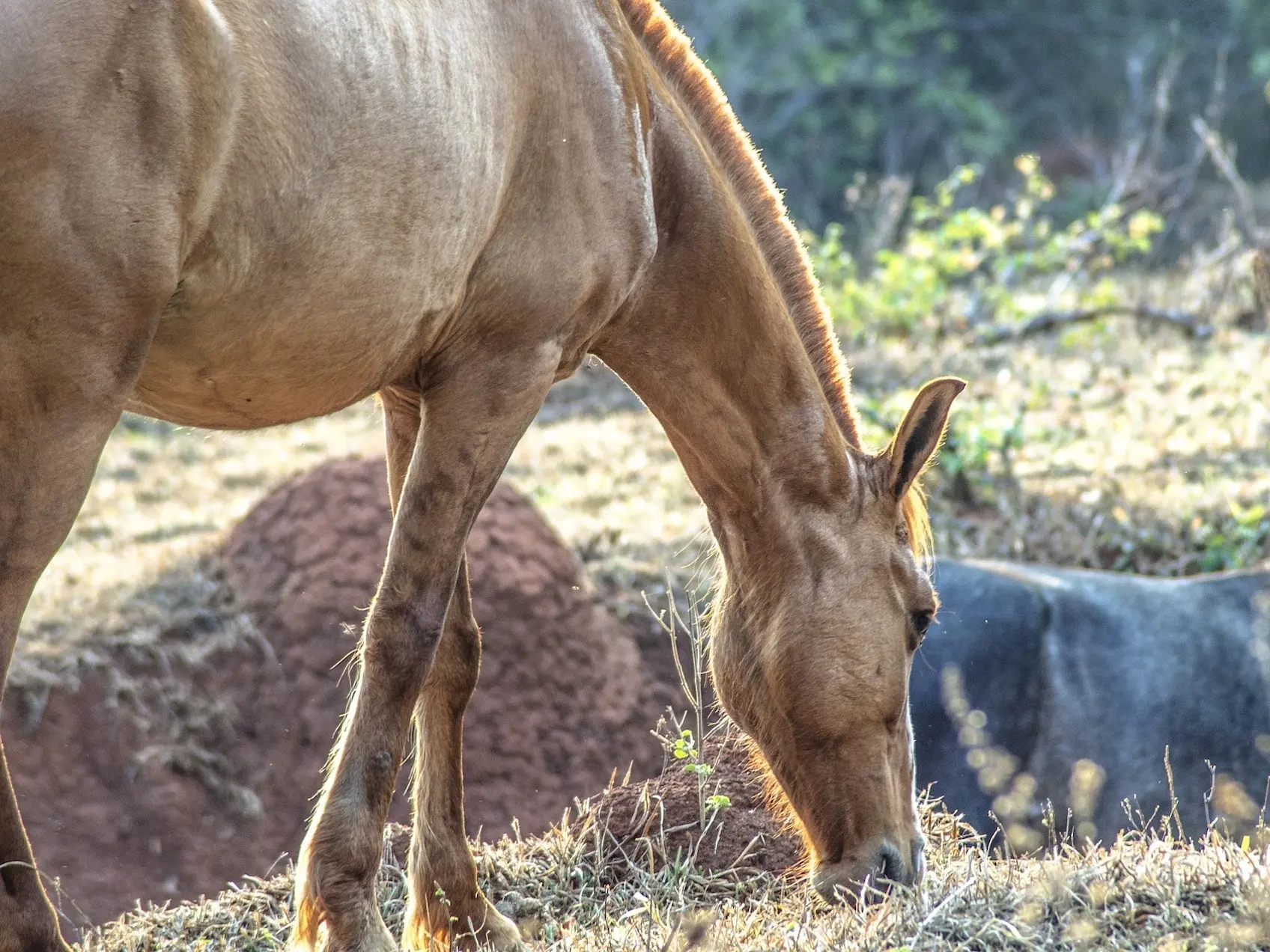 Leg Zebra Striping
Leg Zebra StripingOften dun animals will have darker points and leg markings, but some display the more primitive zebra stripes or leg barring that is reminiscent of their distant zebra cousins. They are usually the same color as the dorsal stripe and run horizontally around or above the knees or hocks.
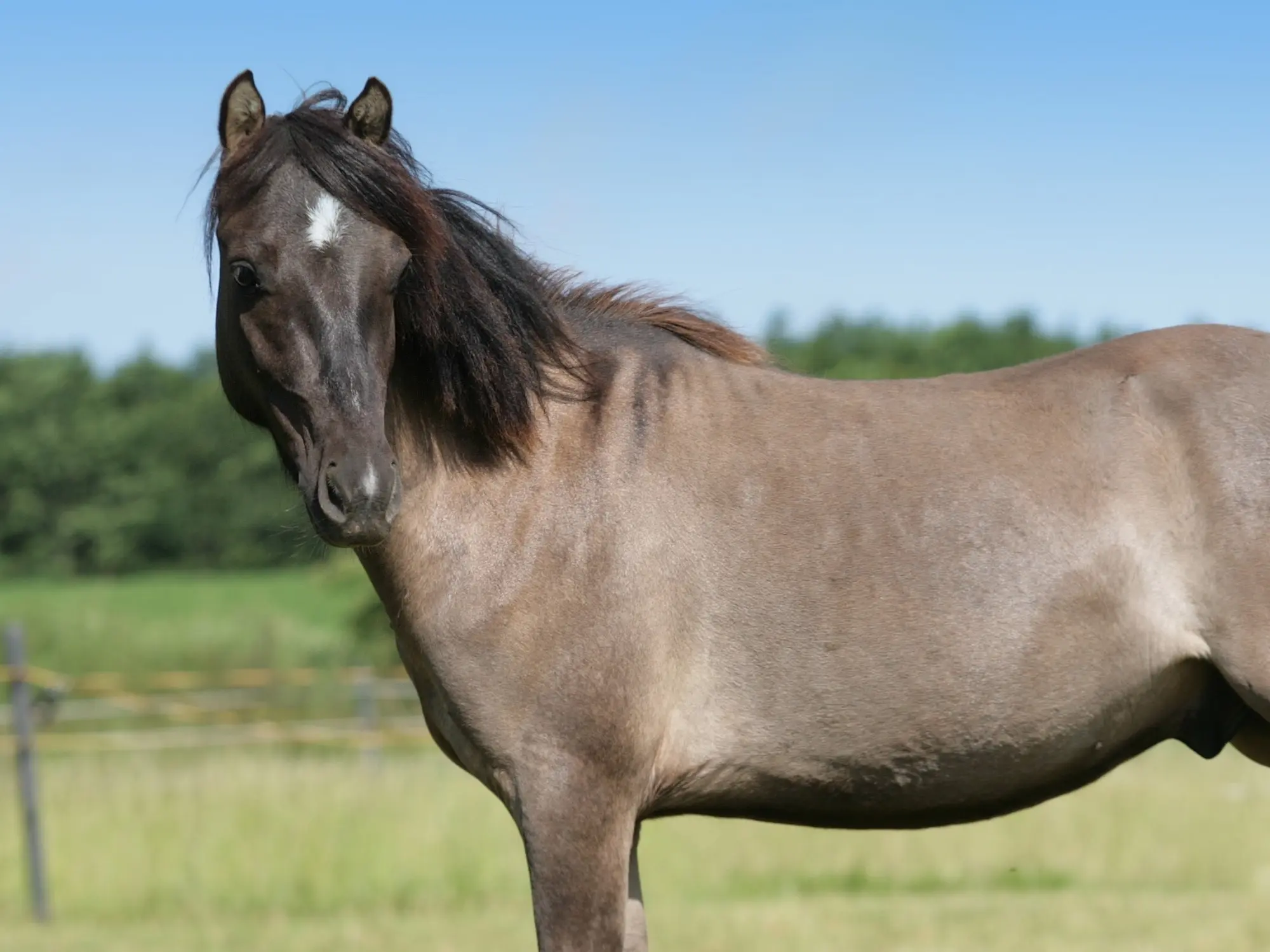 Shoulder Stripe
Shoulder StripeSome dun animals will have a stripe, shadow or webbing that comes off the dorsal and runs down the withers. This can display in a variety of different shapes and markings, from a stripe to shading to webbing, but will always be the same color as the dorsal stripe.
 Face Mask
Face MaskSome duns, especially grullos will have dark shading on their face, giving them the appearance of wearing a dark mask. This varies from shading or smudging on the forehead to a mask that covers the face.
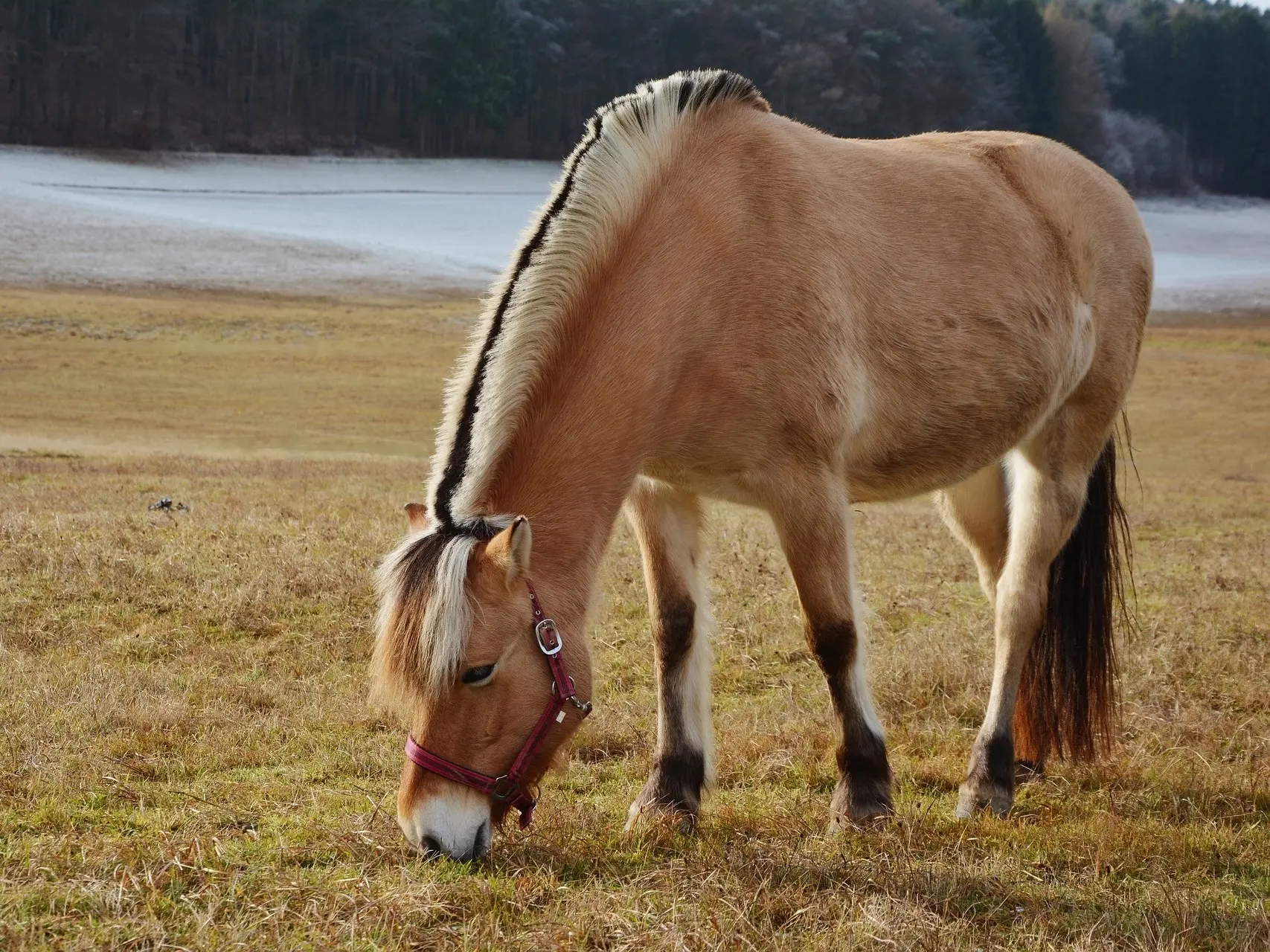 Sandwich Mane
Sandwich ManeAs the dorsal runs through the mane, it can darken the center and leave the outer edges light, creating a frosted look which is called a sandwich mane. This can also run into the hair of their tail.
Base Duns
Unlike some of the other dilutions that only affect either red or black hairs, dun has a rather dramatic affect on all of the base colors. Creating a range of lovely shades that make duns a favorite for the color lovers out there.
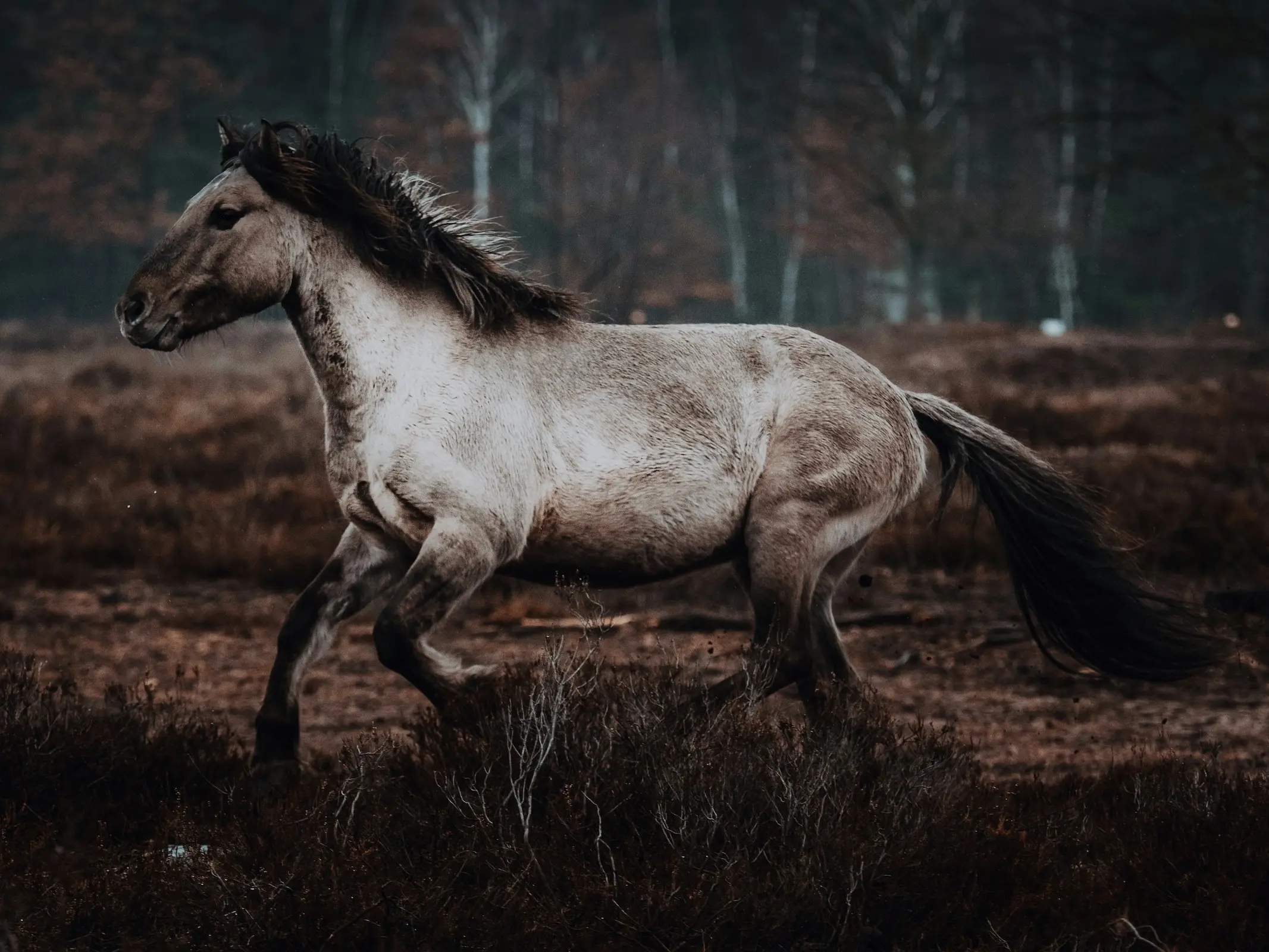 Black Base
Black BaseDun on a black base creates an animal that is varying degrees of pure grey with mane, tail, points and primitive markings remaining black.
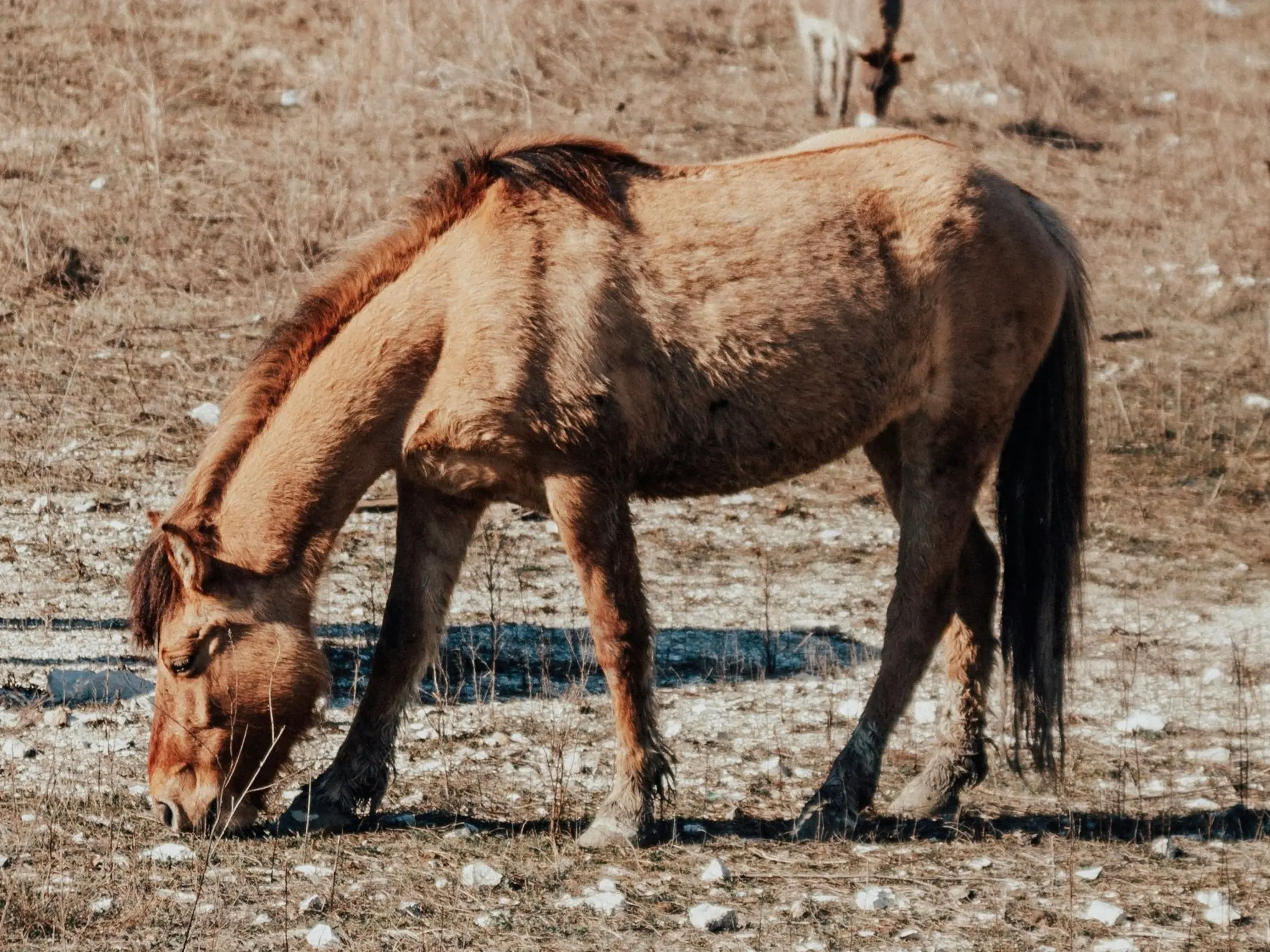 Chestnut Base
Chestnut BaseA red dun looks like a sandy chestnut, with varying degrees of red coat. Mane, tail, points and primitive markings remain an undiluted shade of red.
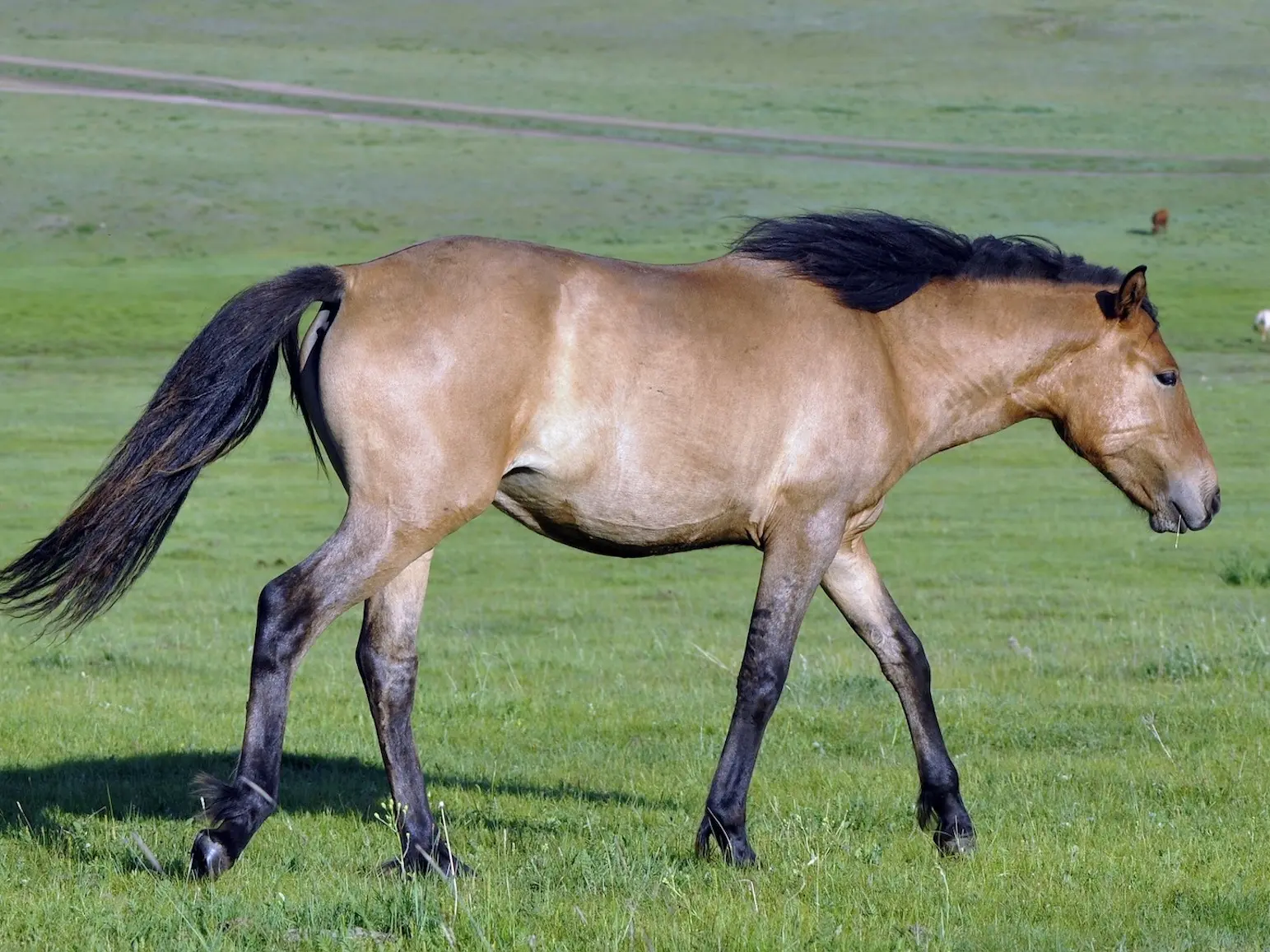 Bay Base
Bay BaseThe result of the dun dilution on a bay animal. Mane, tail, points and markings remain dark and body ranges from creamy yellow to a red gold.
Dun Modified and Diluted
Several of the coat modifiers and dilutions can be combined with dun to broaden the spectrum of dun coloring. From cream to silver, dun gives everything its own bit of primitive flavor.
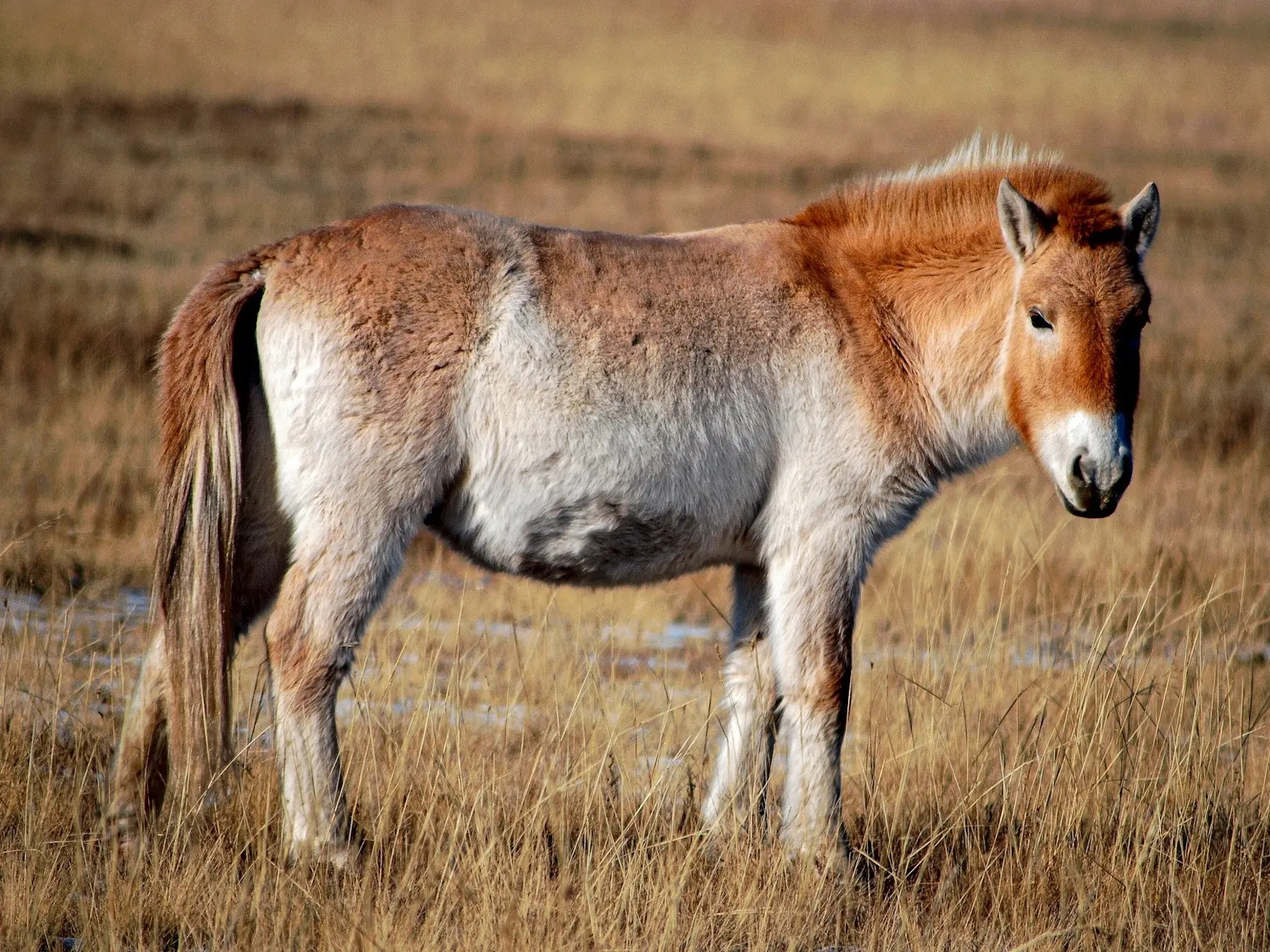 Pangare Modifier
Pangare ModifierWhile mealy is recognized by the light muzzle, dun is defined by their dorsal stripe, making visual identification of the combination fairly easy.
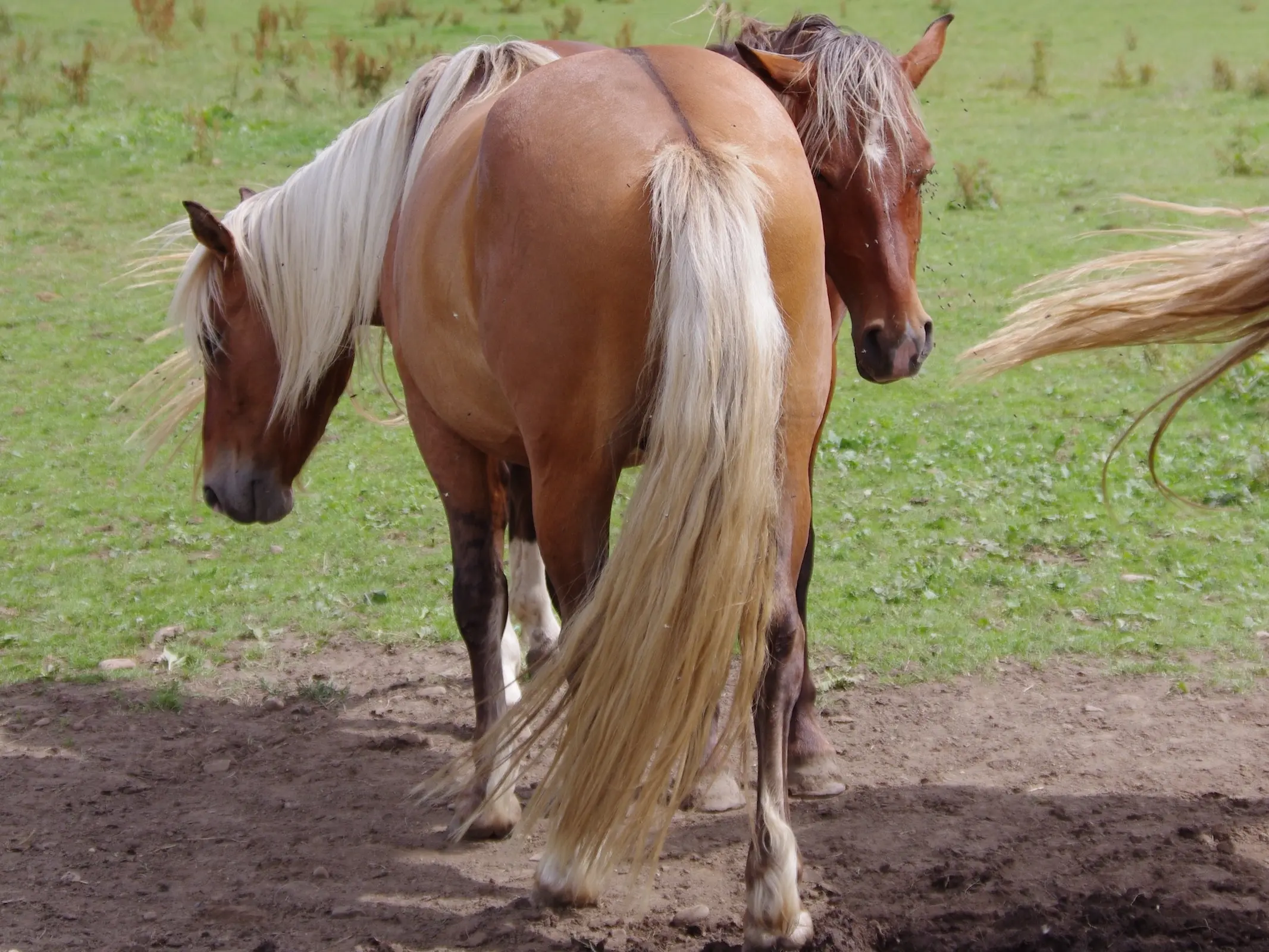 Silver Dilution
Silver DilutionSilver only affects black hairs, taking the dun points and primitive markings down a notch, although they should still carry their essential dorsal stripe.
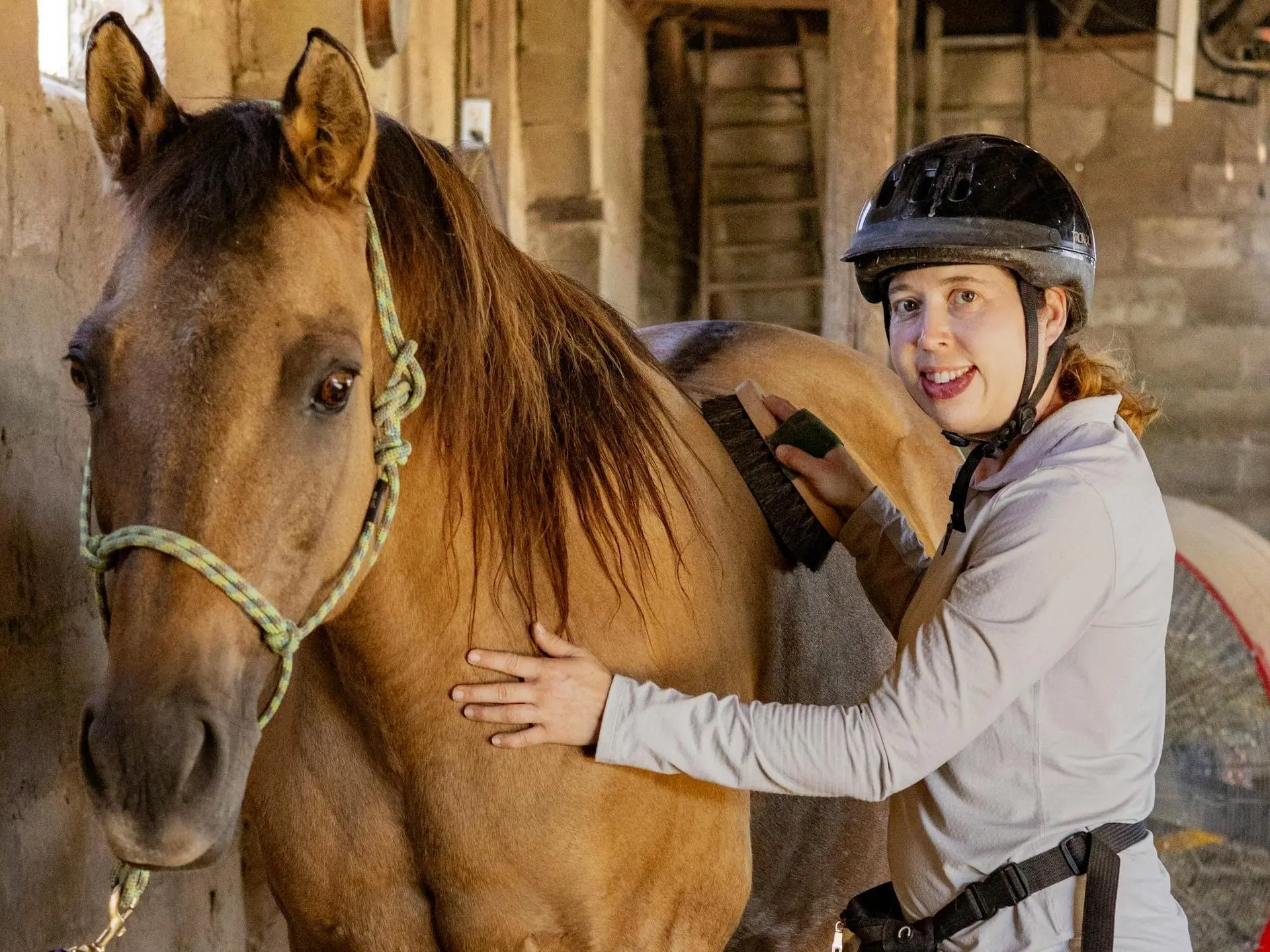 Champagne Dilution
Champagne DilutionChampagne can dilute any base color dun animal, as the dun mutes color, champagne enhances them with a shine, often making eyes light.
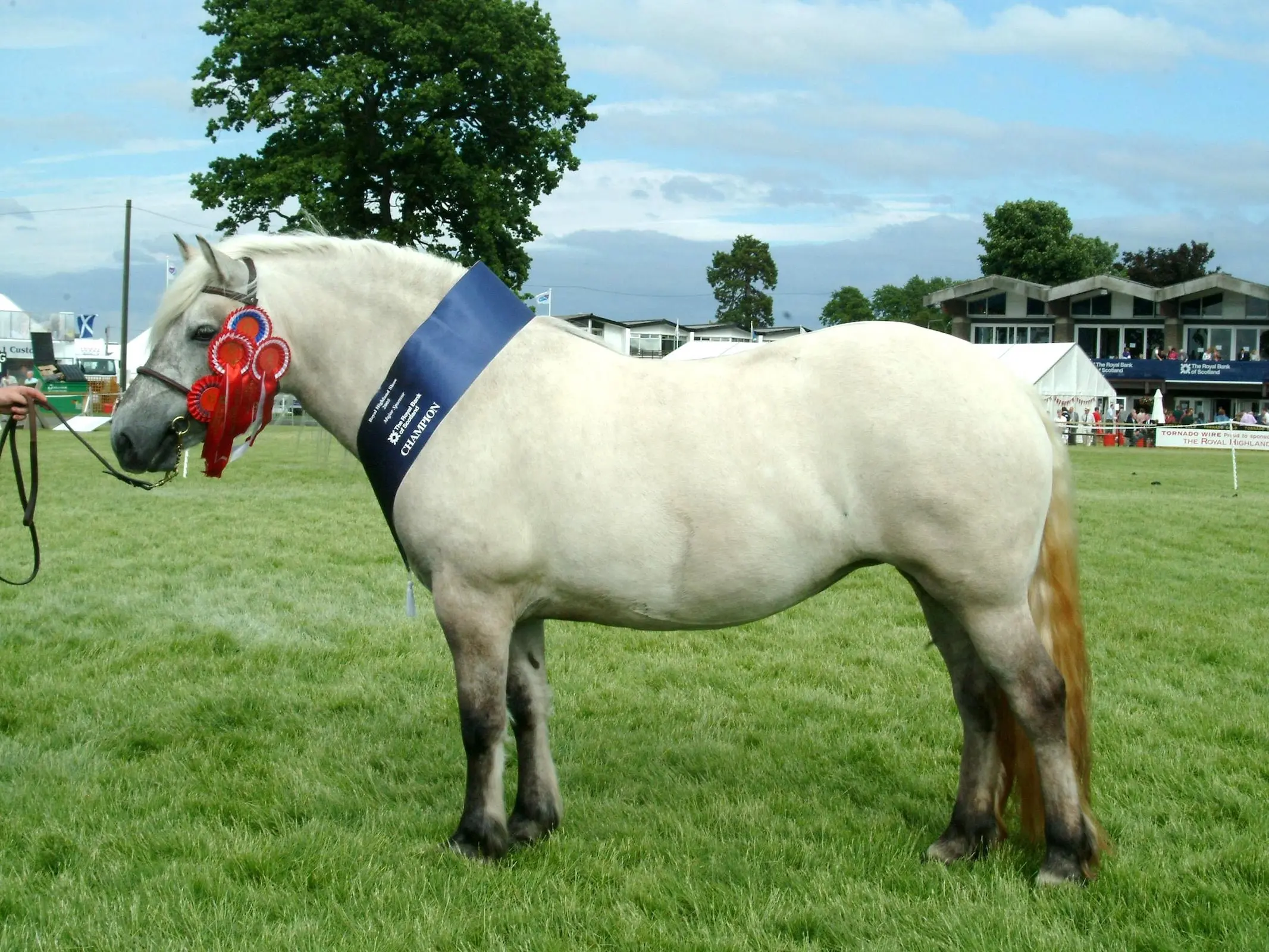 Cream Dilution
Cream DilutionCream has a softening affect on red hairs and can be double diluted. On a dun cream will further lighten any red coat, mane and tail hairs.
White on Dun
Any dun animal that carries the genetics for white patterns can display them and some of them can mask dun characteristics depending where their patterns are located. Regardless, they create beautiful spotted patterns of all types.
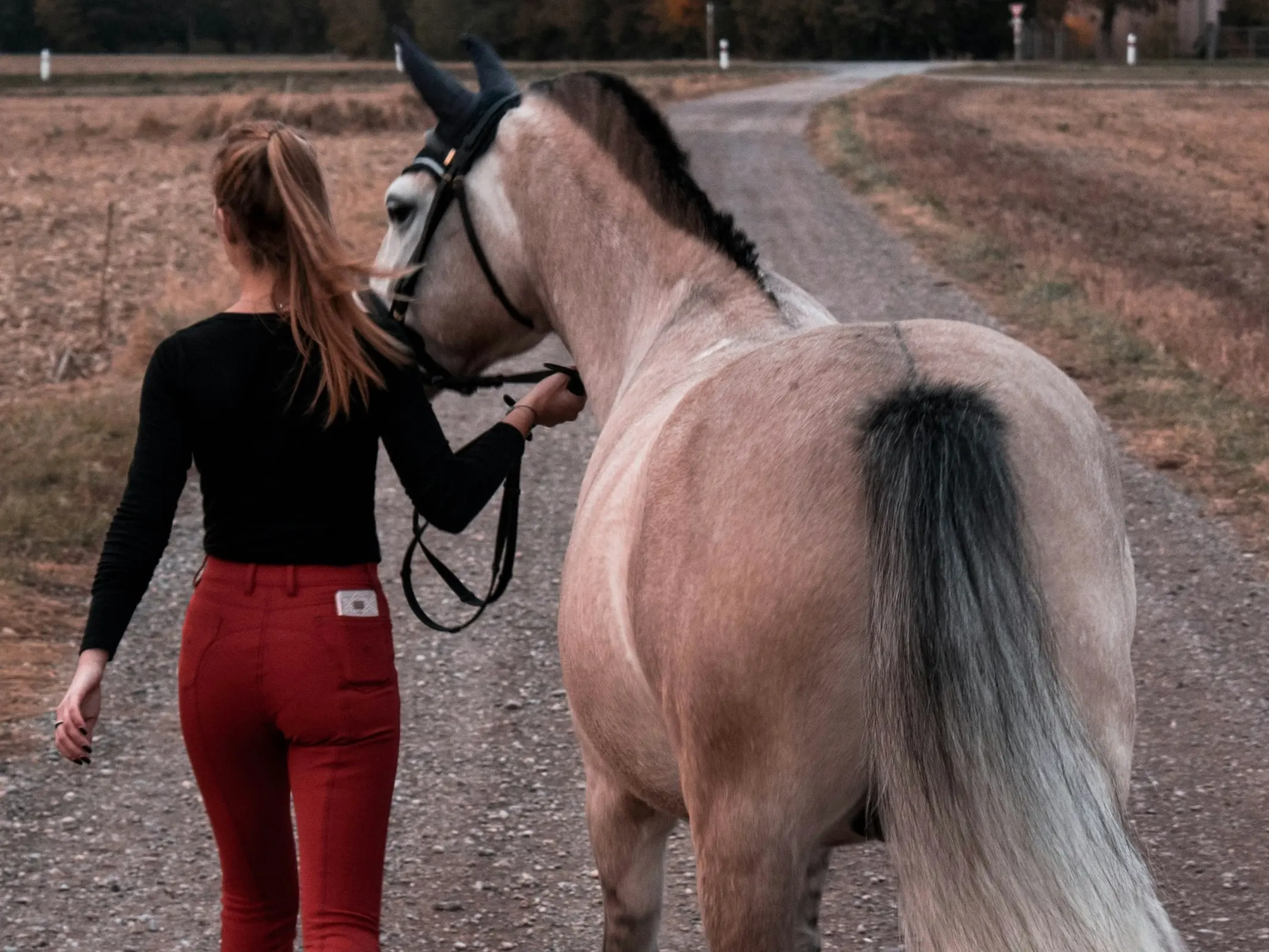 Grey
GreyThe greying gene affects all base colors roughly the same, over time greying will eventually remove pigment from dun markings.
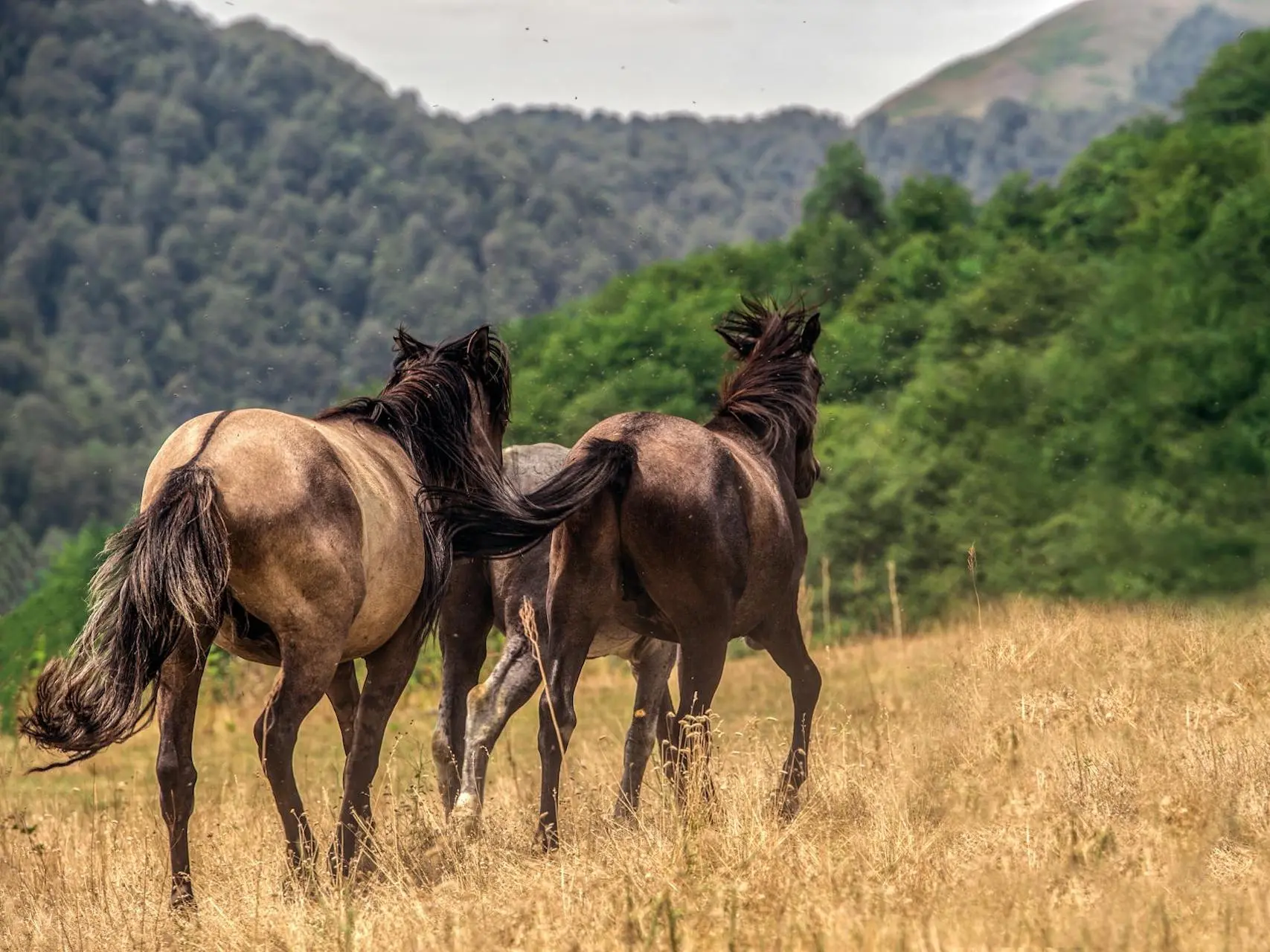 Webbing
Webbing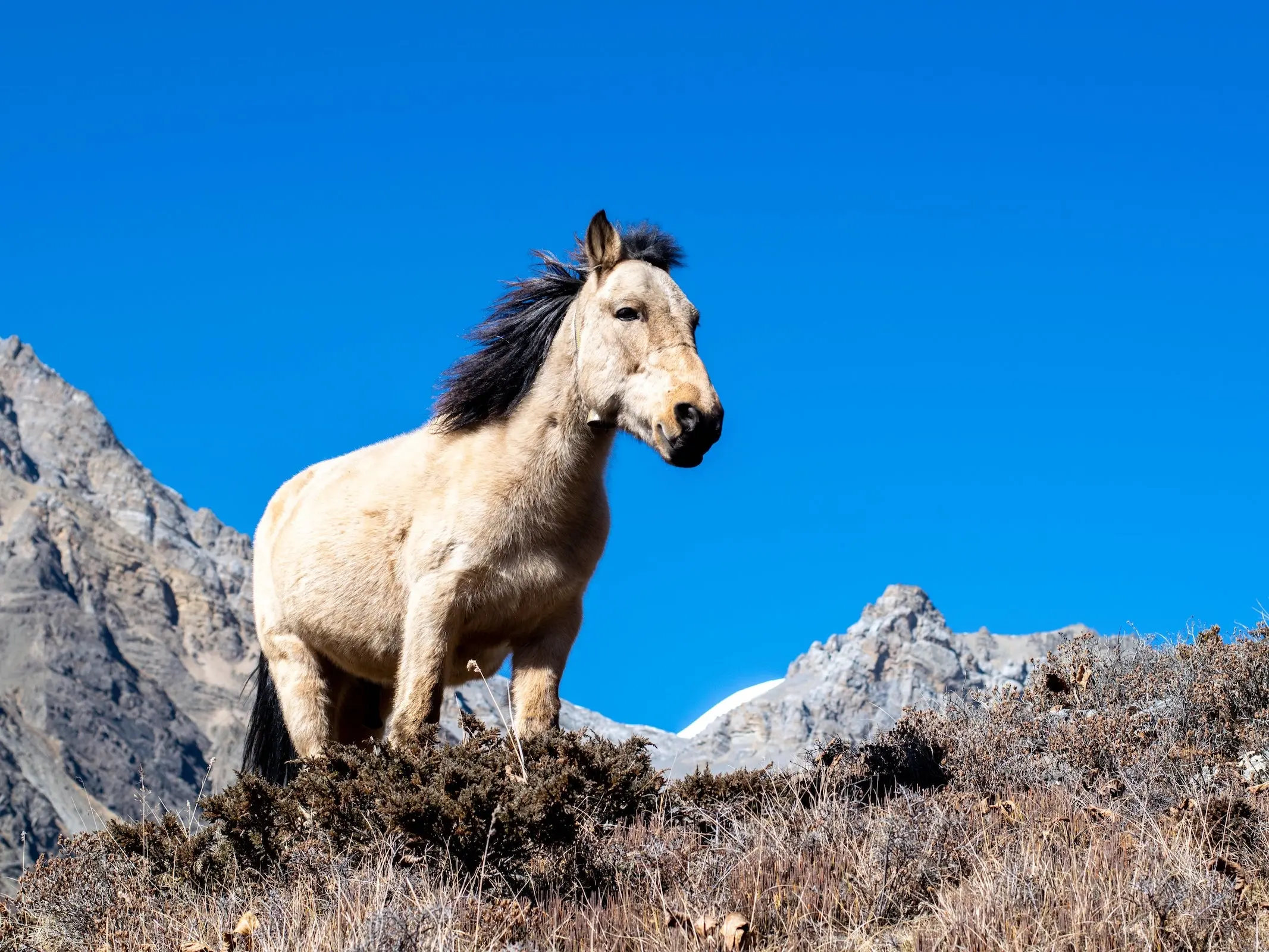 Seal Base
Seal Base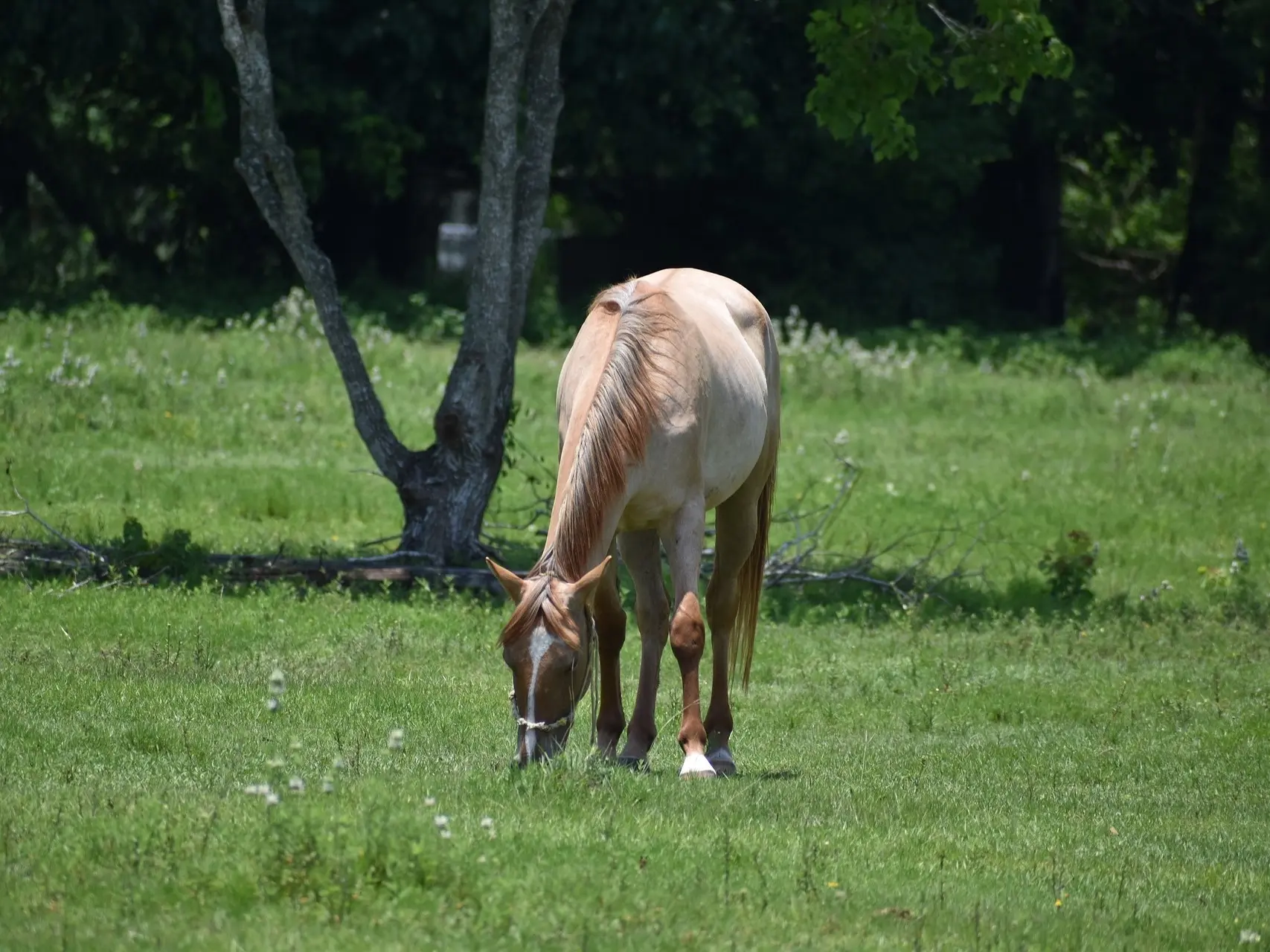 Roan
Roan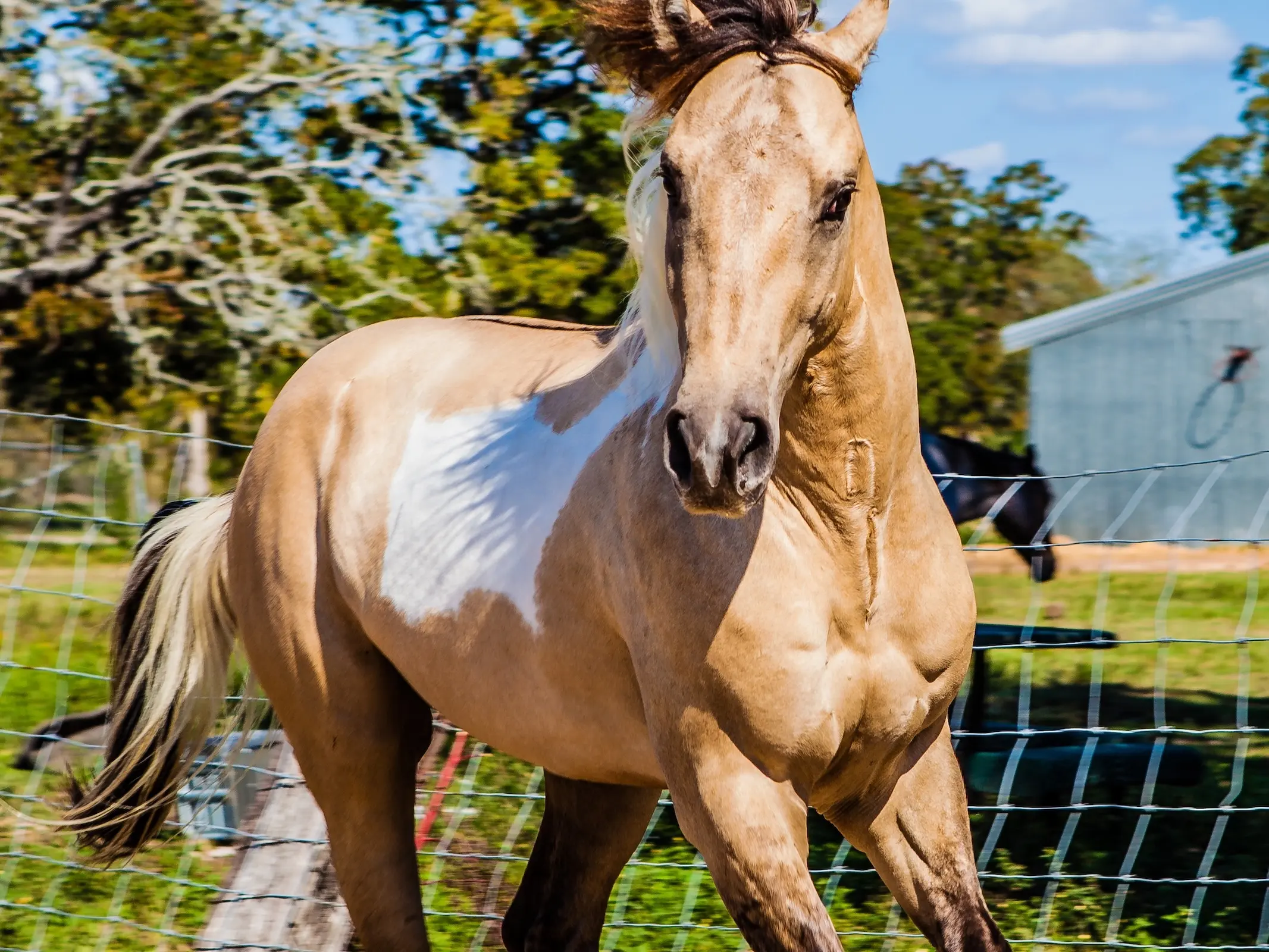 Pinto
Pinto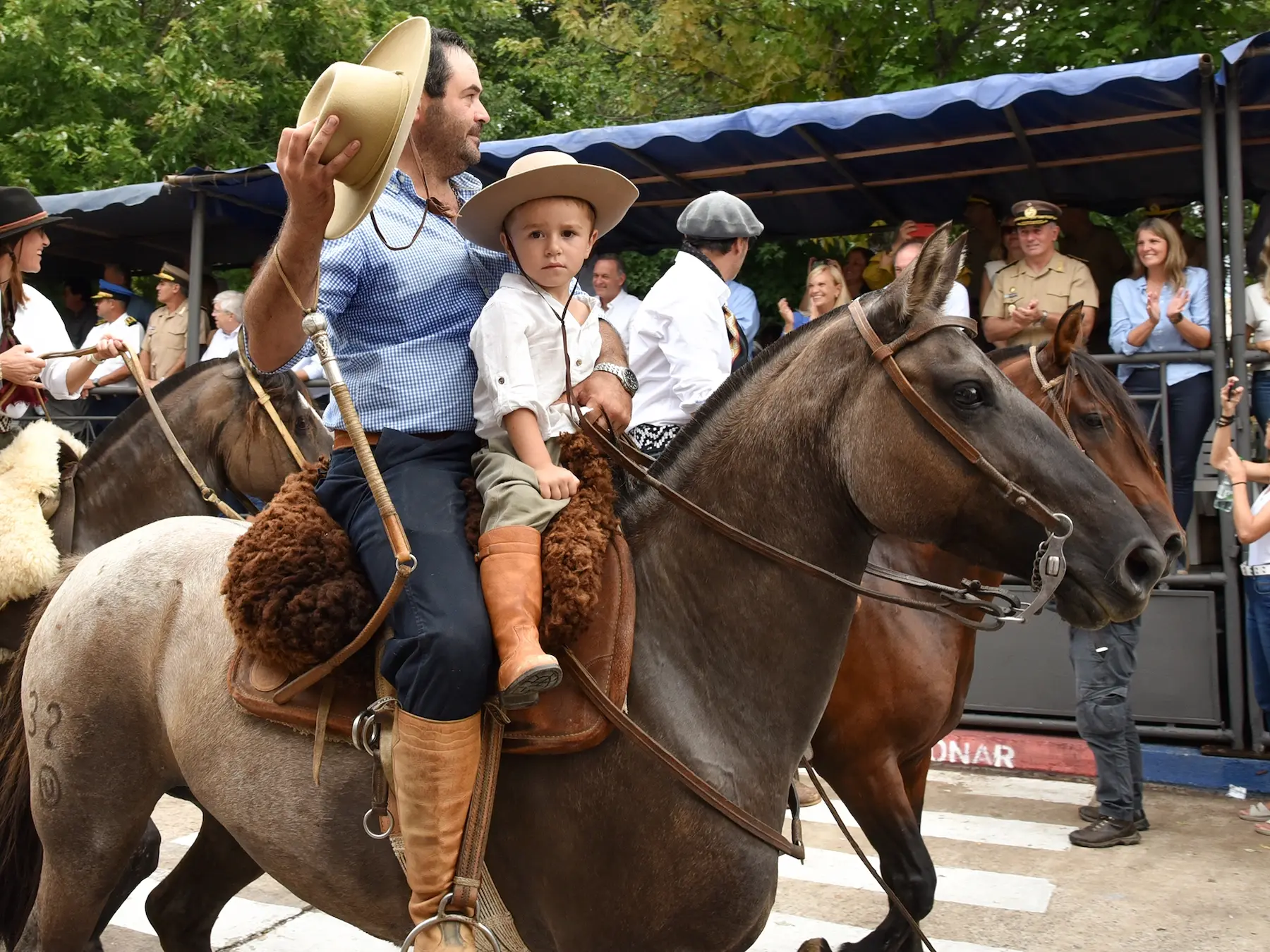 Appaloosa
Appaloosa